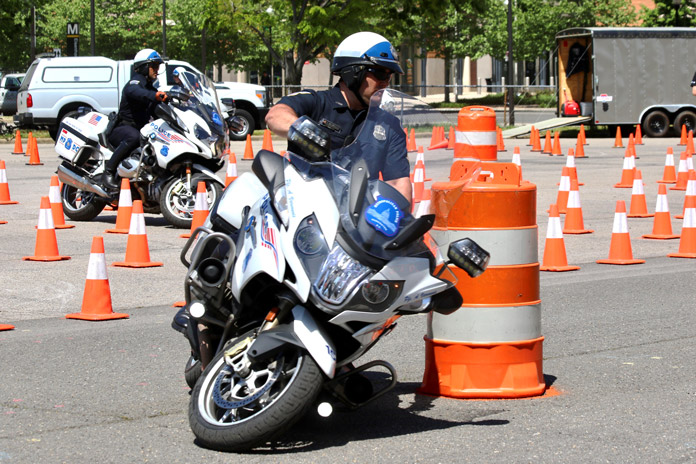
For this month’s Motor School, I thought it might be cool to reach out to a few of my motor officer buddies from around the country and task them with dispensing some rider-safety wisdom to the class. That’s not to say you haven’t gleaned substantial lessons from your time out on the range, but I think you would agree that the more hands we have, the more wells we dig, and the more water we drink. In other words, more ideas from more people is, well, more. And more is better when it comes to ideas we can employ to be safer on the motorcycle.
Speaking of more, I’m confident your neighbor Bob has loads more ideas, rituals, concepts, routines, and opinions than what we’ve assembled below, so think of these ideas as jumping-off points. What I don’t want you to do is hunt around to see if one of your foundational safety routines made the cut, only to lose your cool when you find that it didn’t. Instead, challenge yourself to find something useful here. My expectation is that some of this will be new information and some will be old news, and that’s absolutely fine. After all, this isn’t your first rodeo.
Alexandros Varvounis, Metropolitan Police, Washington, D.C.
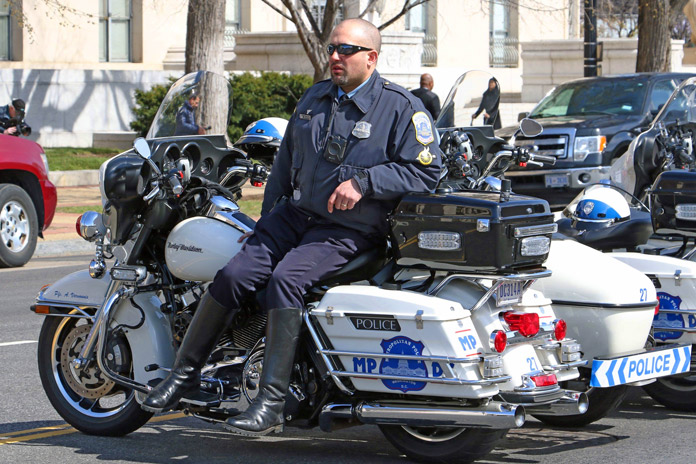
- Always assume other cars are going to steer into you – in alleys, out of bus-lane drop-offs, at all intersections. It’s never if, but when.
- Be ready to stop your motorcycle at any moment. You know that intense focus your dog has while he waits for you to throw the stick? Be ready like that.
- While it takes practice and experience, try to anticipate the movements and actions of other drivers. Know what they are going to do before they do.
- Calm down and ride accordingly. No good decisions will arrive when your mind is spun up.
- Egos and motorcycles don’t mix. You will lose the game with that mindset.
Mike Ericson, California Highway Patrol
- In CHP motor school, my instructors told us that when faced with the choice of either laying the bike down in an emergency or keeping it upright and trying to ride it out, keep riding the motor. And I can tell you firsthand this one was a lifesaver.
- Keep your head on a swivel. Threats come from all directions, not just from in front of you.
- Keep working through the problem – don’t give up physically or mentally when things start to go bad on the bike. Maybe you can’t avoid a situation entirely, but odds are you can mitigate it to some degree.
- Any time you find yourself angry at a driver who startled you by doing something that put you at risk, let that be a reminder that you didn’t see it coming, weren’t prepared, and didn’t have a plan. Sure, it’s the driver’s fault, but in the end, it’s the rider who loses.
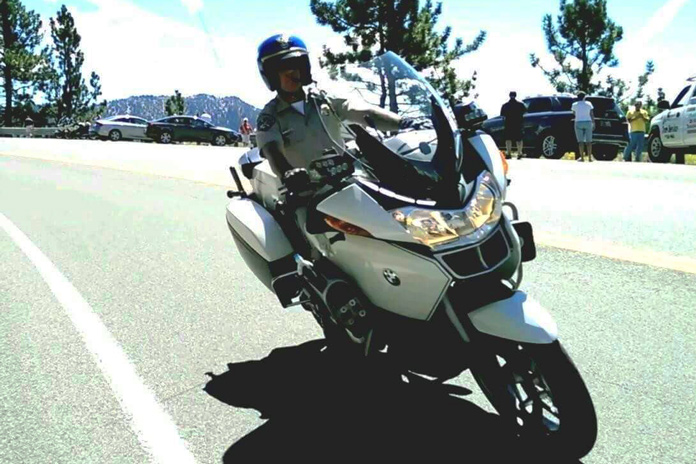
Dale “Chip” McElhattan, Vienna Police Department, Virginia
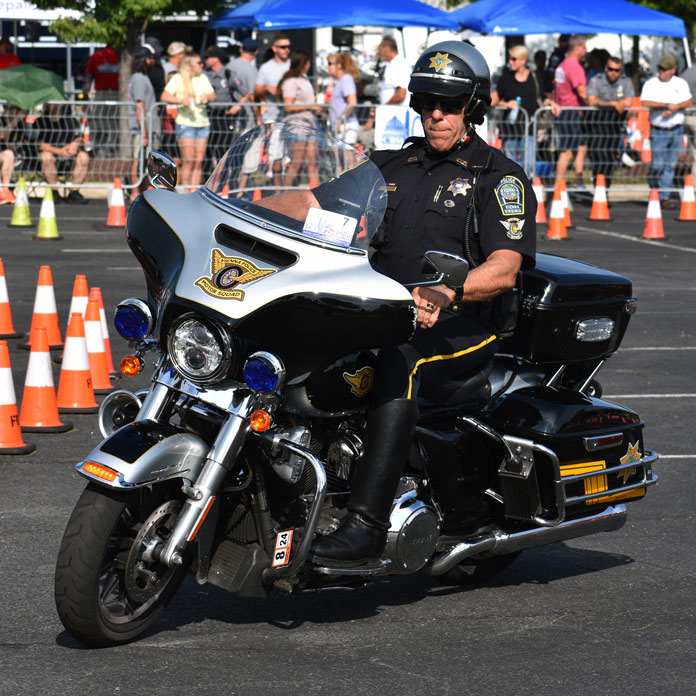
- Try to keep eye contact with drivers when clearing intersections, changing lanes, or pulling into/out of driveways. If they’re looking at you, they probably see you.
- Visually clear every intersection no matter what color the traffic light is. Not some of them, not most of them, all of them.
- When stopped, make sure you’re checking your mirrors. Crazy stuff can happen behind you!
- Have a ride routine: visual oil level check, quick air pressure check, start the bike and do a quick walk-around: check the headlight, turnsignals, and brake lights. Once you’re rolling, do three hard straight-line emergency braking runs from 25 mph. In all, you spent just two minutes to confirm your bike is set, your tires have some heat in them, and your body and mind are warmed up for the ride.
Luis Vela, Houston Police Department
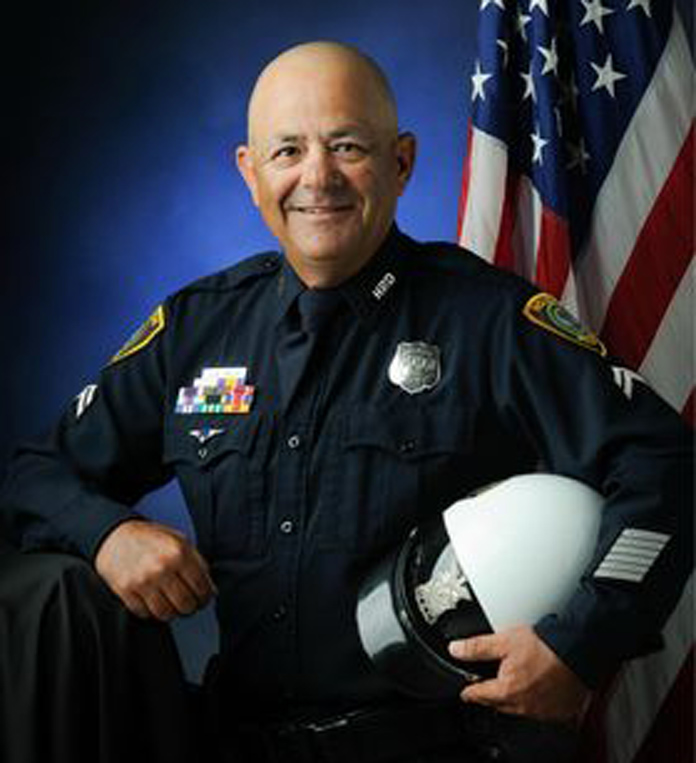
- One of the best tips I was taught when I first came to motors was to not outrun your headlight in the dark. In other words, don’t speed at night!
- Always have an escape plan so you can get out of a bad situation when needed – at a traffic light, on the highway, or on a canyon road.
- Ride like you are invisible and assume you will be cut off every time you cross an intersection. That way you won’t be surprised when it happens, and you can get on with working through the problem.
- Always keep your bike in gear when at a stop so you can get moving immediately if necessary.
If you have a powerful safety-related tip you want to share, shoot me an email outlining the finer points, and we’ll consider including it in a future issue. Remember, the road goes on forever.
Quinn wears Lee Parks Design gloves exclusively. Find Quinn at Police Motor Training.
See all Motor School with Quinn Redeker articles here.

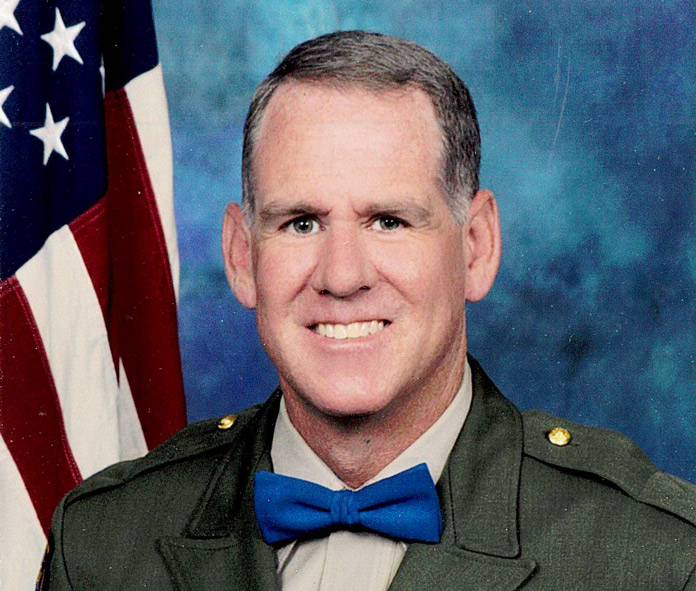
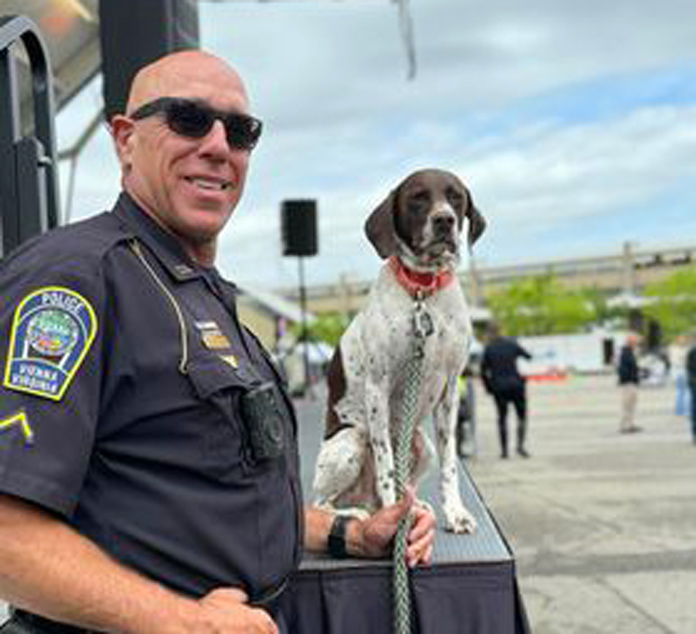








This article was well thought out and the advice given was spot on.
It’s all about situational awareness.
Greg- I appreciate the support, and absolutely it’s all about situational awareness👍
Thanks for the great riding advice. I’ve developed a habit over the years that just before I leave the driveway for a ride, I take 10-15 seconds to visualize returning safely home. I believe that doing this puts safety in the forefront of my subconscious which governs how I ride.
In my younger days, I enjoyed the sporty aspect of riding and still do to a lesser extent. “Live to ride another day” is a good reminder. Along with a quote from a Dirty Harry movie; ” A man’s got to know his limitations”. I’m in my 70’s and know my reactions aren’t the same as when in my 20’s, so I adjust accordingly.
Part of the appeal of riding is that it is a sport that requires coordination between both hands, feet, and a focused mind, always aware and ready to react.
Hey, that’s a great idea, I like that. I think visualizing absolutely makes a difference, and the simple fact you’re still out there getting it done proves it. Thanks for the comments👍
All great recommendations but I do take exception to one: the eye contact with drivers. I cannot count the number of times I’ve looked directly into the eyes of a driver and he/she looked directly at mine and yet that driver pulled out into my line of travel, or worse, directly into my bike.
As a MSF coach I caution all my student to not trust drivers of other vehicle even if they make eye contact. Ride like you’re invisible and be prepared for the worse. Anticipation is paramount.
While eye contact is better than not, you’re right that’s it’s no guarantee. We can’t safely assume anything about other drivers, so caution is the rule of the day.
I think we are both on the same page, there are definitely no promises out on the road, and eye contact alone does not guarantee the driver has your best interests in mind. Think about it as a little component of an overall plan of attack when trying to be safe.
I never trust the eyes of the driver. I watch the car itself. The car doesn’t lie like the driver does. You can see the slight rolling of the tire of the car before it starts crossing your path or the slight turning angle of a car before it comes it to your lane. I watch the car.
I’ve been riding since I was 16, and am 75 now. Whenever I’ve told people I ride like all car drivers are out to kill me, I’ve been told I was nuts, paranoid, etc. It’s nice to hear that advice from motor officers. It’s not news, but it sure is affirming, like most of the other safety tips. I was happy to see that none of those tips were new, as It underlines the fact that I have been riding as safely as I can for all these years.
Well, the simple fact that you are 75 years old says you’re thinking is sound! I will consider myself blessed if I get an opportunity to safely navigate the world on two wheels at your age. Kudos my friend. Well played.👍
I watch the steer tires of other cars for movement, don’t trust getting eye contact. Do a little swervie approaching an intersection, flick the high beam on and leave it on until you clear it. If you flick it a few times, they may think you’re signalling it’s ok to go.
Nice article and to the point. I’ve been riding 50 years and can agree with all the tips from these guys. I do drive a car and have just about every licence there is, but it is riding that keeps me engaged and alert. Every journey is a challenge and it is about outwitting the other road users. Being prepared for anything and ensuring I’m in the right place both stopped and moving is key. Being fully in control and fully aware has ensured I still enjoy every single ride. I live in the UK and currently there is the additional challenge of spotting evil pot holes as well as other road users on our crowded roads.
The two things that always stick in my mind are;
1. Assume you’re invisible, and those that can see you are out go get you.
2. Motion camouflage (google it, it’s scary and explains so much). For example when approaching a side junction with car waiting to pull out I move towards the centre of the road, away from the junction. This moves my bike across the car driver’s field of vision that helps breaks the motion camouflage.